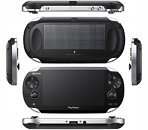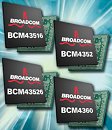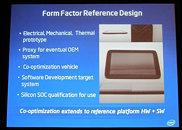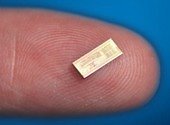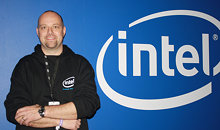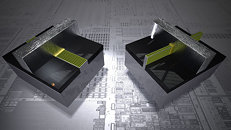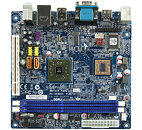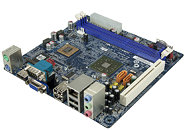
Three New Ivy Bridge ULV Processor Models Surface
With slimmer notebooks thanks to the Ultrabook platform, the demand for low-power ULV processors is expected to go up, so will Intel's need to stratify the lineup to capture more price-points. Details of three new Core "Ivy Bridge" models were scored by VR-Zone, which reports them to be Core i3-3217U, Core i5-3317U, and Core i7-3517U. The i3-3217U is Intel's cheapest Core ULV processor in the next generation, clocked at 1.80 GHz. It lacks CPU Turbo Boost, and so the TDP limit stays at 17W, which can be lowered to 14W, when the CPU is on low loads, and when it's clocked all the way down to 800 MHz.
Next up there's the Core i5-3317U, with a native clock speed of 1.7 GHz, which has no option to increase the TDP, but which can be lowered to 14W. It supports Turbo Boost speeds of up to 2.40 GHz for both its cores, and 2.60 GHz for one of its cores. Lastly, there's the Core i7-3517U. Clocked at 1.90 GHz, this chip supports increasing its TDP from 17W all the way up to 25W to accommodate higher Turbo bins. At its native TDP, the chip supports Turbo speeds of 2.40 GHz, but with the bump in TDP, it supports Turbo bins as high as 2.80 GHz for two cores, and 3.00 GHz for single-core. This model differs from the other Core i5 ULV models in having 4 MB L3 cache (vs. 3 MB). We will be hearing more about these chips only after Intel kickstarts the mobile Ivy Bridge lineup in mid-2012.
Next up there's the Core i5-3317U, with a native clock speed of 1.7 GHz, which has no option to increase the TDP, but which can be lowered to 14W. It supports Turbo Boost speeds of up to 2.40 GHz for both its cores, and 2.60 GHz for one of its cores. Lastly, there's the Core i7-3517U. Clocked at 1.90 GHz, this chip supports increasing its TDP from 17W all the way up to 25W to accommodate higher Turbo bins. At its native TDP, the chip supports Turbo speeds of 2.40 GHz, but with the bump in TDP, it supports Turbo bins as high as 2.80 GHz for two cores, and 3.00 GHz for single-core. This model differs from the other Core i5 ULV models in having 4 MB L3 cache (vs. 3 MB). We will be hearing more about these chips only after Intel kickstarts the mobile Ivy Bridge lineup in mid-2012.

